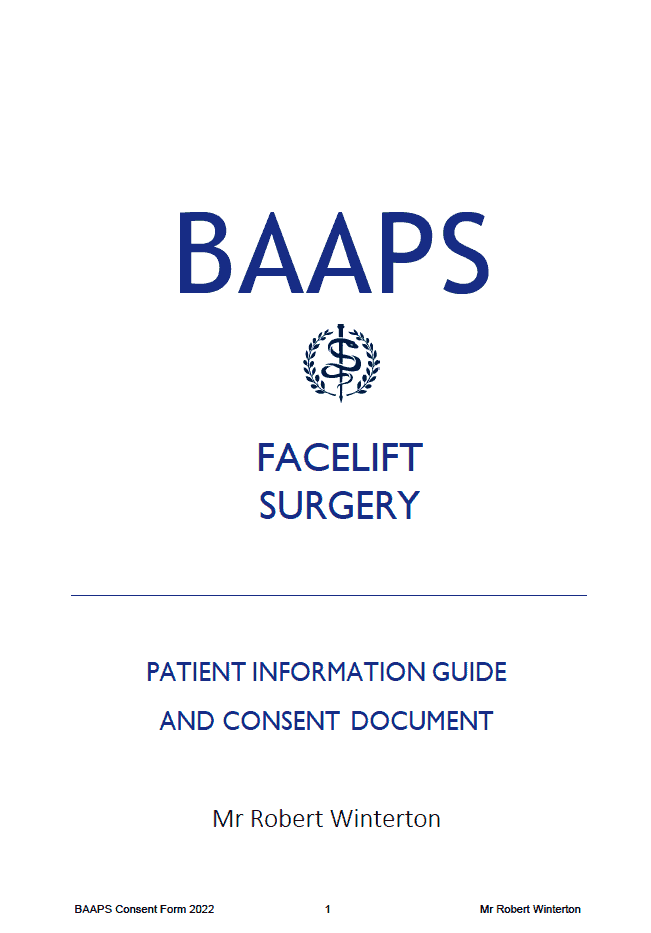Face-lifting surgery is relatively complicated, but has evolved over the years to provide improved cosmetic outcomes whilst reducing risks of unfavourable results and complications.
A facelift cannot stop the ageing process, but it aims to turn back the clock and restore former youthfulness. It can remove the most visible signs of ageing by trimming or repositioning excess fat, tightening the underlying muscles, and re-draping the skin of your face and neck. A facelift can be done alone, or in conjunction with other procedures such as blepharoplasty.
In most instances, the neck is addressed as part of a full face-lift or in combination with a lower facelift. The reason for this is that the most pleasing results are achieved when the procedure is combined with tightening the jowls and jawline. Neck lifting surgery is conventionally performed through the same incisions as facelifting surgery, but entails a more extensive dissection across the anterior neck, often in combination with an incision made under the chin.
I perform facelift surgery in an operating theatre with one night stay in hospital afterwards. The procedure takes 3-4 hours, depending on what needs to be done. The usual anaesthesia a general anaesthetic combined with local anaesthetic administered by myself. I don’t routinely use drains.
The incisions, although relatively extensive, are largely hidden within the hairline and around the ear. For most patients, the scars are easily hidden during normal social interactions.
Patients are asked to sleep in a relatively upright position for the first 2-3 days to help reduce swelling and bruising. For the first 24 hours, the main goal is to remain comfortable and to limit activities. Patients are typically seen a week after surgery for an early review to check wound healing and to remove some of the sutures. Subsequent follow up is always organised to assess the longer term outcome and interim visits can be organised according to individual patient needs. Specific advice on wound care is provided for patients post-operatively.
Face-lifting surgery involves tightening the skin and deeper tissues of the face and may be extended to the anterior neck to produce a tightening in the area below the chin. The main aims of face-lifting surgery are to re-tension the skin of the cheeks to provide a softer contour to the nasolabial fold, to reduce the jowl and to tighten the skin on the anterior neck, in some cases restoring the more youthful angle between chin and neck that is lost with age.
 Book a Consultation
Book a Consultation






